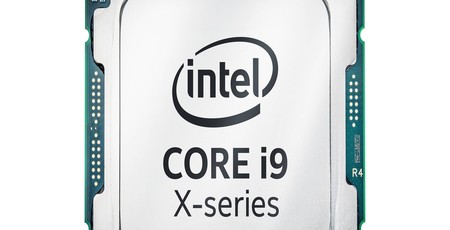
Even though we're expecting Intel to release another range of high-end desktop (HEDT) CPUs later this year, it's AMD's answer to the blue team's Core i9 range of CPUs that has been the talk of the year. AMD's WX-series CPUs, specifically the 32-core Threadripper 2990WX, has trumped Intel big time when it comes to core count, but while moving from a 10-core Core i9-7900X to an 18-core Core i9-7980XE yields significant performance boosts in a range of applications, moving from a 16-core Threadripper 1950X to the 2990WX painted a complicated picture.
There's a 100 percent core count boost, and in some applications you'll see excellent scaling - Cinebench, POV-ray, and other 3D modelling applications are able to tap into all those cores and/or scale well too. However, due to two of the Threadripper 2990WX's dies not being in direct communication with the rest of the system i.e. the PCIe bus and memory, wherever higher latencies impact performance, AMD's flagship either didn't scale nearly as well or, in some cases, was actually slower than CPUs with far fewer cores.
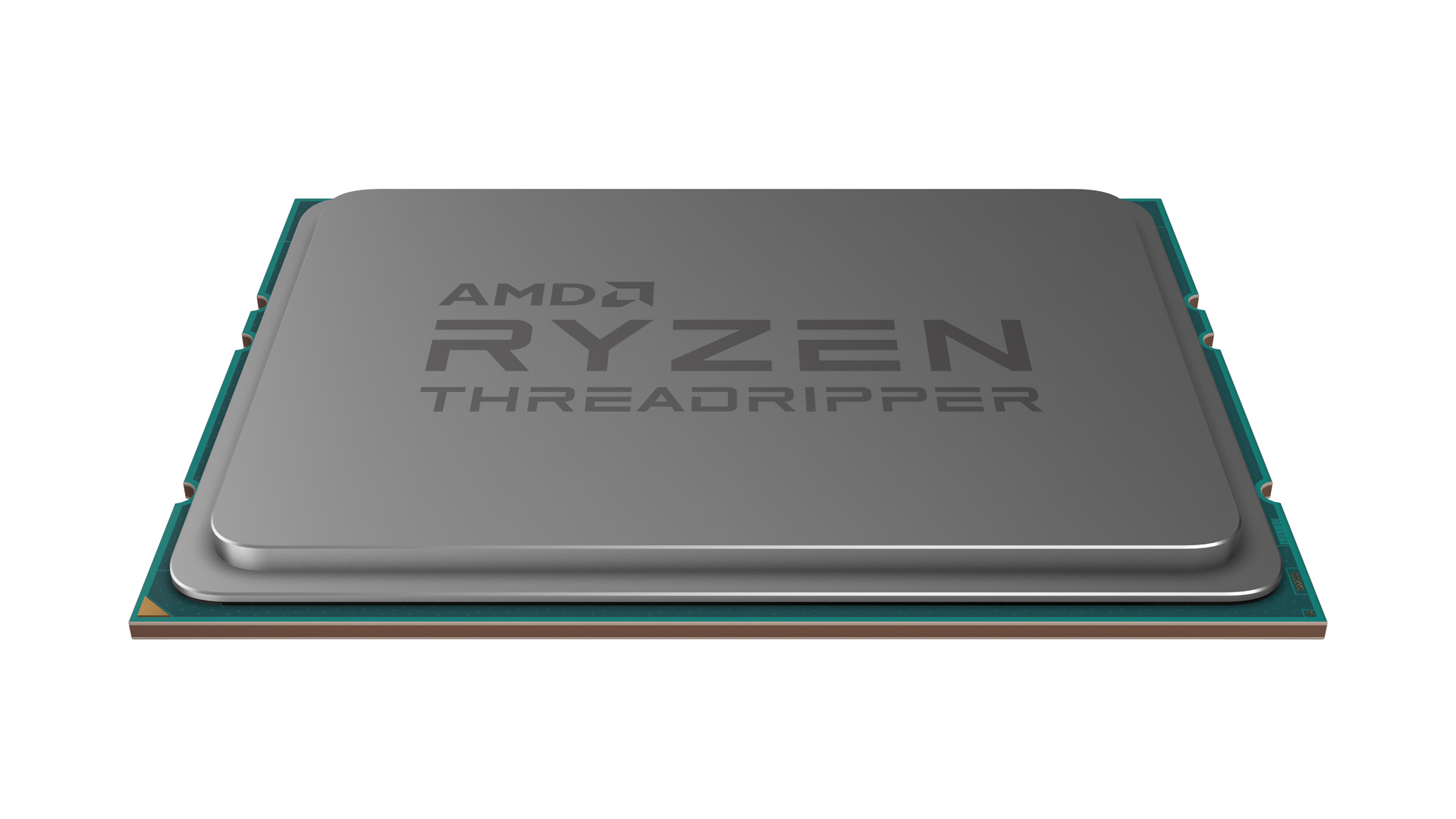
What we have with the 2990WX, then, is the first high-end socketed desktop CPU that's essentially designed to do very specific tasks, while the likes of an eight-core Ryzen CPU or Intel's CPUs generally perform as expected across the board. Outside of these tasks the 2990WX's performance can often be left wanting or at the very least requires some fiddling with Ryzen Master to cut the number of active dies or disable simultaneous multi-threading.
AMD's 16-core Threadripper CPUs still benefit from bring able to tweak memory access modes, but in general there's no sudden drop off in certain applications, as both dies can access the rest of the system simultaneously. It's also the case that most applications scale fairly well up to this point, but maybe don't do so well as you approach 30 cores. That's trickier to pin down, but in general both the likes of AMD's Threadripper 2950X and Intel's Core i9-7980XE see good scaling in multi-threaded applications, but can also keep up with their fewer-cored siblings in games and more mainstream tasks too.
As a result, for your typical high-end desktop user that dabbles with content creation, games, and streaming, the Threadripper 2990WX isn't the best tool for the job, and that's not just because it's expensive. It's due to the fact that you only see the benefit of its additional cores in specific applications. In this light, plenty of people were a bit disappointed with the 2990WX's performance as a general-purpose CPU, and those that were planning on using it for their gaming/content creation/streaming system are now looking at the Threadripper 2950X or Core i9-7980XE instead. Had the 2990WX's four dies all been allowed access to the rest of the system, things may well have been different, but that would also have broken socket compatibility with previous Threadripper hardware.
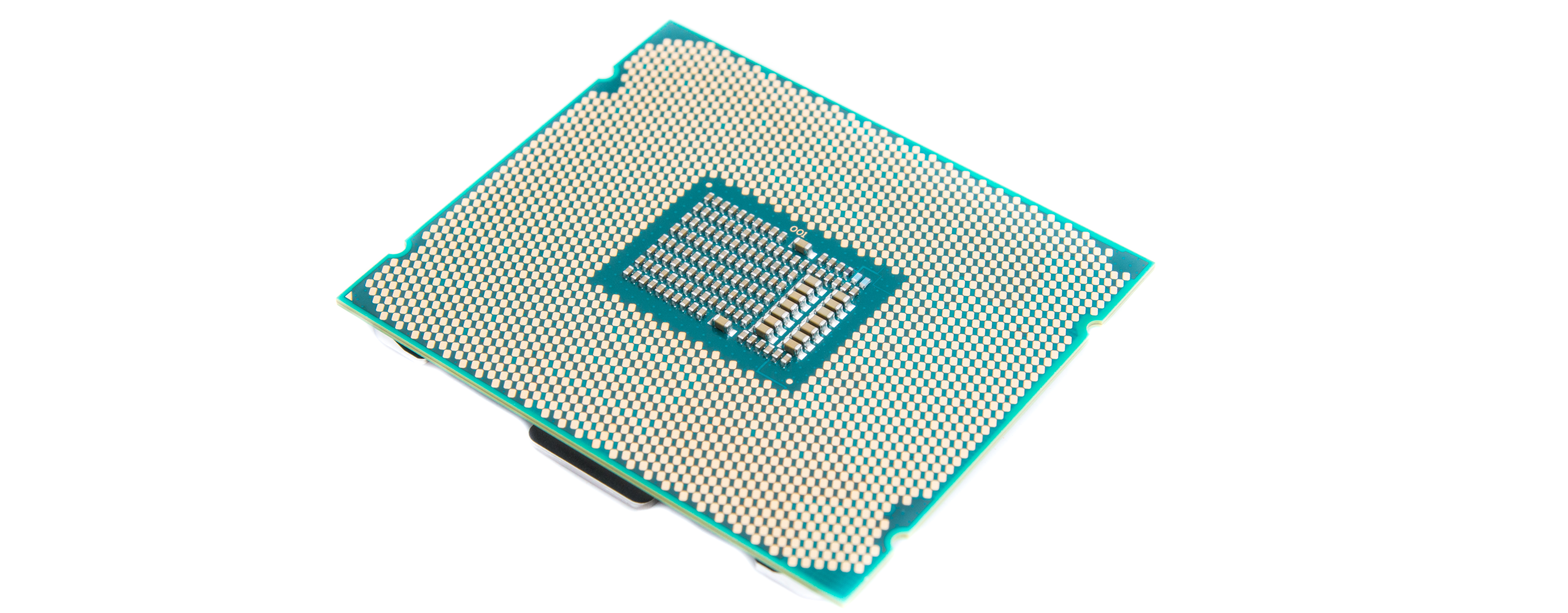
As we mentioned in our review of the 2990WX, we came to the conclusion that the CPU is great for those high-end workstation tasks, but it's not an ideal general-purpose CPU (which is why the -WX branding was introduced, to be fair), so with this in mind, it both beat Intel and also failed to dislodge the Core i9-7980XE, which is faster in a number of other areas. Putting the 2990WX aside for the moment and focussing on that general-purpose performance I've mentioned earlier, and the battle shifts to Intel's 18-core CPU and the Threadripper 2950X. In terms of value, AMD's case is pretty clear - if you want the best bang for your buck, the 2950X wins hands down. This is especially true at stock speed where paltry amounts separate the two CPUs yet there's a huge gulf in terms of price.
The tables are turned once we start overclocking, though. The more aggressive boosting with 2nd Generation Threadripper means that at stock speed, AMD has closed the gap on the Core i9-7980XE, which can only reach 3.4GHz in all-core boost mode. However, adding 1GHz to that figure isn't difficult with good cooling, and this allows it to open up huge gaps in some benchmarks. It was 20 percent faster in Cinebench, 18 percent in Blender and HandBrake, and of course, Intel enjoys a lead in a number of game titles too. The overclock we applied also yielded a sizeable increase in single-core performance too. There's also no need to tweak memory access modes or active dies with the Core i9-7980XE, so in my mind it's the perfect no-fuss general-purpose CPU - if you have the overclocking skills and cooling to tame it.
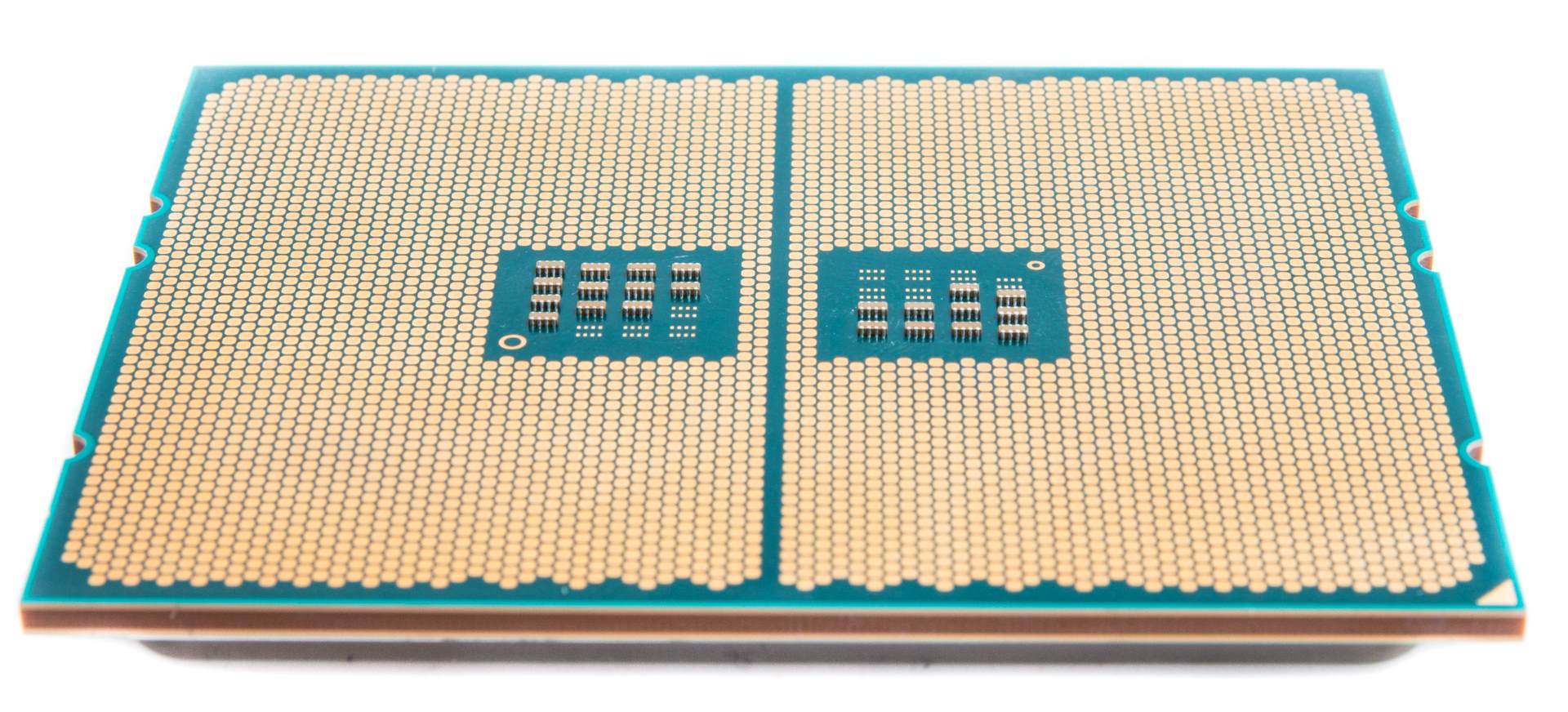
The downside, of course, is that it costs twice as much as the Threadripper 2950X, yet in our tests you'll see around 20 percent more performance, perhaps a little more in some games if you're using 3,000MHz or slower memory with the AMD CPU and don't fiddle with Ryzen Master on the AMD system. At this end of the scale, value isn't as much of a factor compared to budgets of less than £1,000, but spending twice as much for these gains is still a questionable decision. However, if you want the best performance across the board and don't want to have to constantly fiddle with memory access modes and active dies, we can understand why you'd opt for the Intel CPU, especially if you'll be using your system every day over a number of years.
The short story is, then, that AMD hasn't won the HEDT crown back from Intel. Instead, it's latest 16-core offering is now even better value than Intel's flagship than the Threadripper 1950X was (it will be especially interesting to see how the 7nm Zen 2-based Threadrippers perform), while the 2990WX is only worth it in specific applications - the fact it makes the likes of the Core i9-7980XE look like a general-purpose CPU says something for how niche its appeal is, especially if you don't want to fiddle with Ryzen Master to fine-tune its performance. All three CPUs are great in their own way, which means that really, there isn't a clear winner (talk about a misleading title, Ant! - ed.). The Threadripper 2950X offers awesome value and performance close to the stock speed Core i9-7980XE. The latter is the perfect all-rounder: quick in everything, minimal fuss, and supreme when overclocked, but you pay a premium for it, while the Threadripper 2990WX makes mincemeat of the Intel CPU in 3D modelling applications, but performance varies hugely and it can actually be slower than the 2950X in some tests tool. It's great to see this kind of disruption, though, so while the 2990WX is maybe not as all-conquering as we assumed it would be, it still has its place and Intel will need to continue to develop its HEDT range to stay competitive.

MSI MPG Velox 100R Chassis Review
October 14 2021 | 15:04

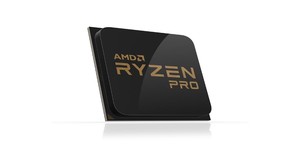
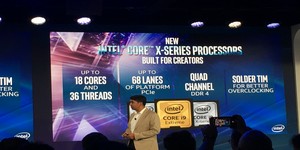
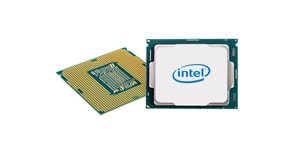





Want to comment? Please log in.